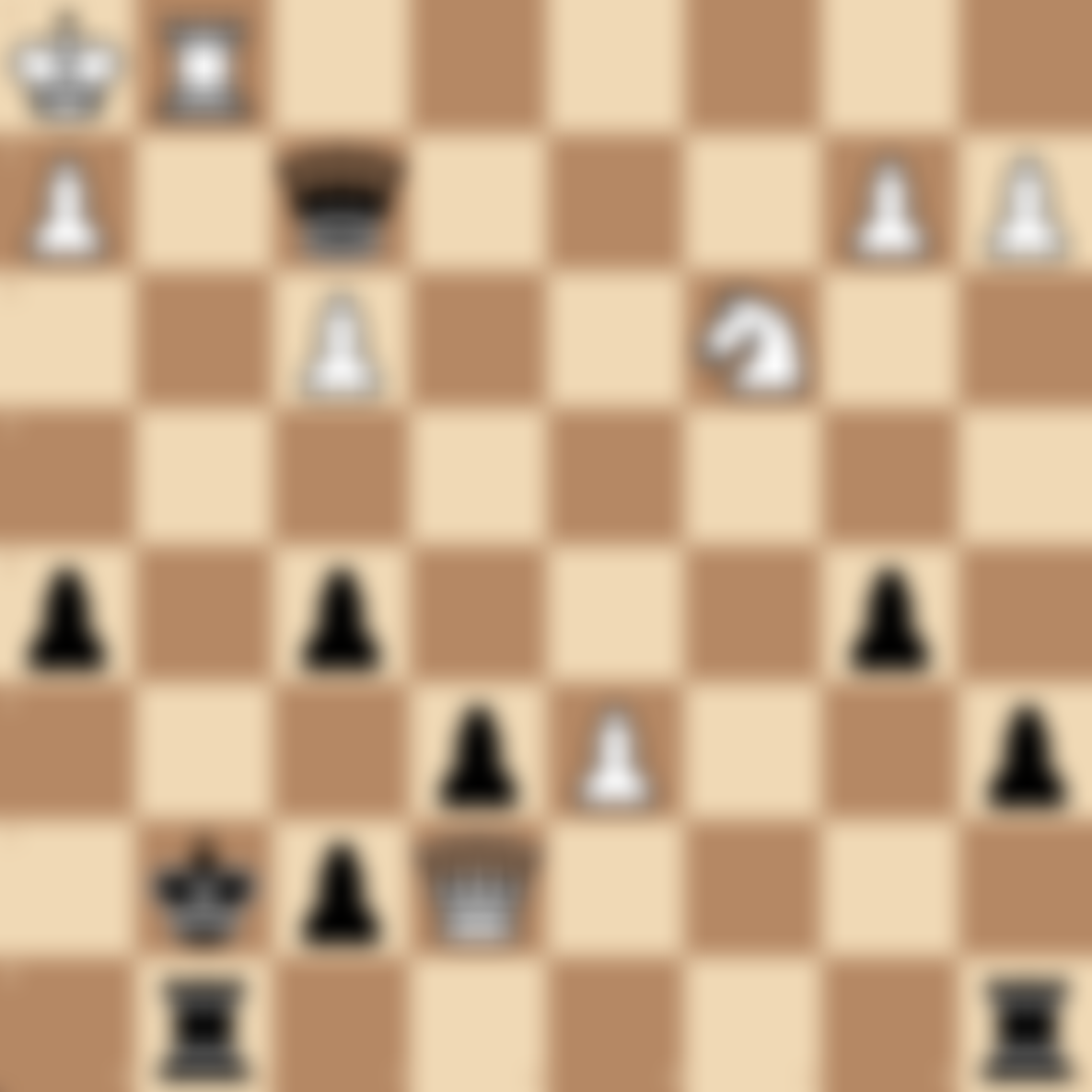Skewer in Chess: The Reverse Pin Tactic
Introduction
The skewer is a powerful tactical motif in chess that can lead to significant material gain or even checkmate. At chesspuzzles.io, we've compiled this comprehensive guide to help you understand, recognize, and execute skewer tactics, enhancing your overall chess strategy and tactical acumen.
What is a Skewer in Chess?
A skewer is a tactic where a line-piece (bishop, rook, or queen) attacks two enemy pieces on the same line, with the more valuable piece in front. The front piece is forced to move, allowing the capture of the piece behind it. It's often described as a "reverse pin."
Importance of Understanding Skewers
Mastering the skewer tactic is crucial for several reasons:
- Material gain: Skewers often lead to winning material.
- Tactical vision: Improves your ability to spot long-range attacks.
- Positional pressure: Even if not immediately decisive, skewers can create lasting pressure.
- Defensive awareness: Understanding skewers helps in recognizing and preventing such threats in your own position.
- Combinational play: Skewers often combine with other tactics for powerful effects.
Types of Skewers
- Absolute Skewer: The more valuable front piece is the king, forced to move due to check.
- Relative Skewer: The front piece is not the king but is more valuable than the rear piece.
- Discovery Skewer: Moving a piece reveals a skewer attack by a piece behind it.
- Double Skewer: Two pieces are skewered in two different directions simultaneously.
Key Concepts in Skewer Tactics
- Line of attack: Skewers require a clear line between the attacking piece and both target pieces.
- Piece value: The front piece must be more valuable (or the king) for the skewer to be effective.
- Forced movement: The effectiveness of a skewer relies on forcing the front piece to move.
- Long-range pieces: Bishops, rooks, and queens are the primary pieces for executing skewers.
- King safety: Skewers involving the king are particularly powerful as the king must move when checked.
How to Set Up and Execute Skewers
- Look for alignments of enemy pieces, especially valuable ones.
- Consider moves that force enemy pieces into alignment.
- Clear lines of attack for your long-range pieces.
- Calculate the consequences of the skewer, including possible defensive moves.
- Be aware of potential skewers in the middlegame and endgame phases.
Defending Against Skewers
- Be aware of potential alignments of your pieces, especially with the king.
- Look for ways to break the line of attack, such as interposing a piece.
- Consider moving the rear piece preemptively if a skewer threat is looming.
- In some cases, allowing the skewer but having a strong counter-attack can be a defense.
- Maintain good king safety to avoid absolute skewers.
Famous Games Featuring Skewers
- Alekhine vs. Bogoljubov, Hastings 1922
- Fischer vs. Benko, U.S. Championship 1963
- Kasparov vs. Karpov, World Championship Match 1985, Game 16
Practice Skewer Puzzles
Enhance your ability to spot and execute skewers with our carefully curated collection of puzzles:
Try our Skewer Puzzles on chesspuzzles.io now
These challenging puzzles are designed to improve your tactical vision and calculation skills in positions featuring potential skewers.
FAQs
Q: How is a skewer different from a pin? A: In a pin, the less valuable piece is in front and can't move without exposing the more valuable piece behind it. In a skewer, the more valuable piece is in front and is forced to move, allowing capture of the less valuable piece behind it.
Q: Can pawns execute skewers? A: While rare, it is technically possible for pawns to create skewer-like situations, especially when they're about to promote. However, traditional skewers are executed by long-range pieces.
Q: Are skewers more common in the middlegame or endgame? A: Skewers can occur in all phases of the game, but they're particularly common in the middlegame and endgame when there are fewer pieces on the board, creating more open lines.
Q: How can I improve my ability to spot skewer opportunities? A: Regular practice with tactical puzzles, especially those focused on skewers, can greatly improve your pattern recognition. Analyzing your games and studying master games with attention to long-range piece interactions will also help.
Q: Can a skewer be used as a defensive tactic? A: Yes, while skewers are often seen as attacking tactics, they can also be used defensively to force exchanges or relieve pressure in difficult positions.
Master the art of the skewer to add a sharp tactical weapon to your chess arsenal! Ready to test your skills? Try our Skewer Puzzles on chesspuzzles.io now and learn how to line up your opponents' pieces for decisive tactical strikes!
